
Unveiling the Hidden Challenges of Choosing the Best Sliding Back Door for Your Home
Choosing the right Sliding Back Door for your home can often feel like an overwhelming task, filled with hidden challenges that may not be immediately obvious. While the aesthetics of a door can capture attention, it is essential to consider various functional and practical aspects that contribute to the overall performance and longevity of your investment. From styles and materials to energy efficiency and safety features, there are numerous factors to weigh in your decision-making process. This blog aims to unveil these hidden challenges with a comprehensive checklist, empowering you to navigate the complexities of selecting the ideal Sliding Back Door for your home. By understanding what to look for and what pitfalls to avoid, you'll be better equipped to find a door that not only enhances your living space but also meets your functional needs.
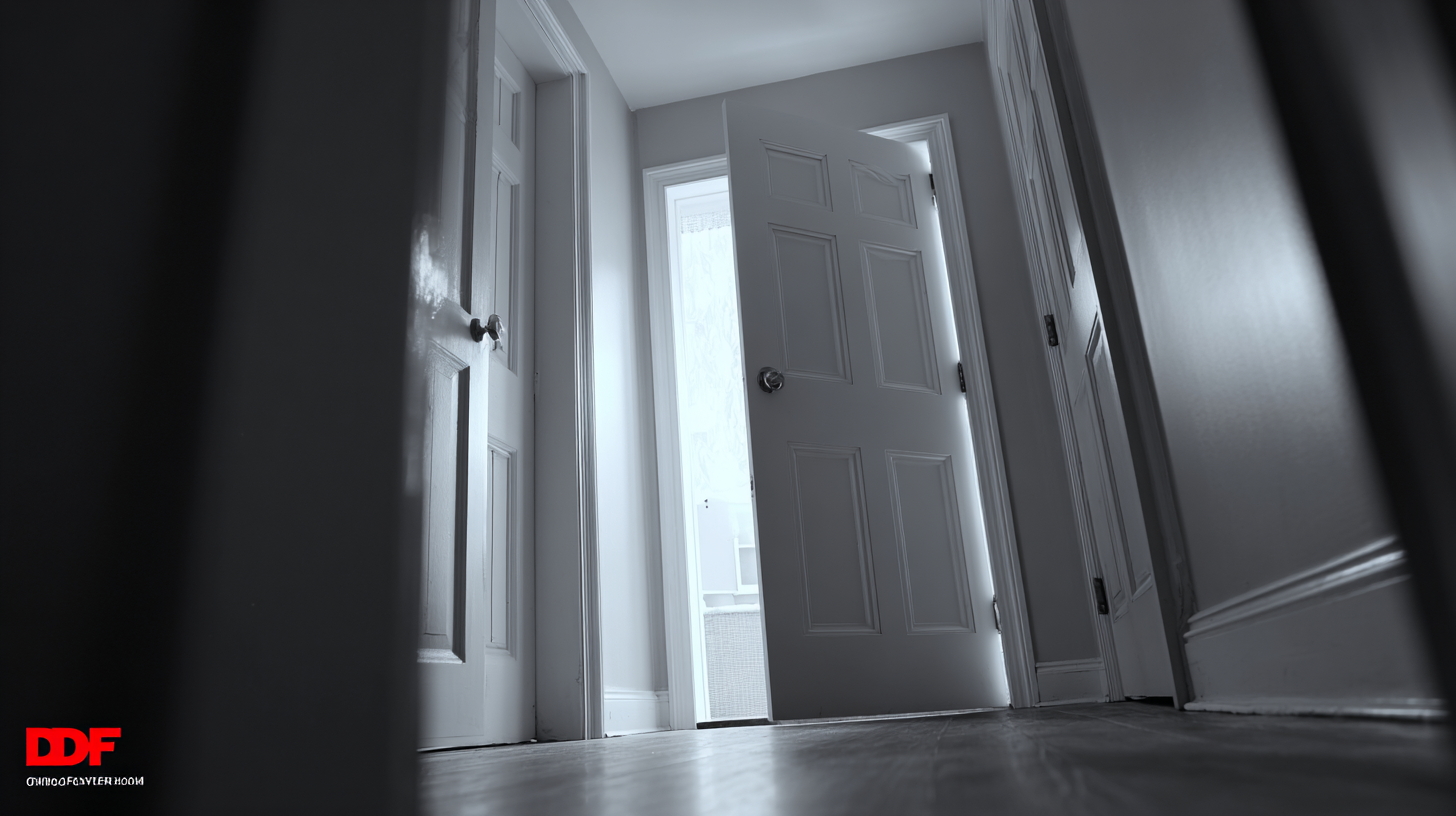
Identifying Key Materials for Durable Sliding Back Doors: A Comprehensive Guide
Choosing the right materials for your sliding back door is essential for durability and functionality. According to a report by the Door and Window Manufacturers Association, nearly 70% of homeowners prioritize energy efficiency and longevity when selecting exterior doors. Materials such as vinyl, fiberglass, and aluminum each offer unique benefits. Vinyl is renowned for its low maintenance and excellent insulation properties, making it a favorite choice among budget-conscious homeowners. In contrast, fiberglass provides superior strength and energy efficiency, with the added advantage of being resistant to dents and scratches.
Tip: When selecting a sliding back door, always check the energy performance ratings. Look for doors with a low U-factor and high solar heat gain coefficient (SHGC) to ensure optimal energy efficiency.
Moreover, wood sliding doors can add warmth and aesthetic appeal to your home, but they require regular maintenance to prevent warping and moisture damage. According to the National Association of Realtors, wood doors have a high return on investment, but it’s crucial to choose high-quality wood that is treated for outdoor use.
Tip: Consider climate conditions in your area—if you live in a humid environment, opt for wood that is resistant to moisture or alternative materials that require less upkeep.
Evaluating Energy Efficiency Ratings: How They Impact Your Home's Comfort and Bills
When choosing the best sliding back door for your home, evaluating energy efficiency ratings is crucial. These ratings not only reflect the door's ability to withstand weather conditions but also significantly impact your home's comfort and energy bills. A well-insulated door can minimize heat transfer, ensuring that your interiors remain cozy in winter and cool in summer.
Tip: Look for doors with a high Energy Star rating. These products are designed to meet or exceed energy efficiency standards, helping to reduce heating and cooling costs over time. Another important factor to consider is the material of the sliding door. Vinyl and fiberglass options typically offer superior insulation compared to traditional wood.
Moreover, pay attention to the glazing. Double or triple-pane glass can further enhance thermal performance by creating air pockets that act as insulators. Choosing a door with an efficient glazing system can lead to significant savings on your energy bills, while enhancing your overall comfort at home.
Tip: Ensure proper installation to maximize energy efficiency; even the best sliding door won't perform well if not installed correctly. Sealing gaps and using insulated framing around the door can make a noticeable difference in energy conservation.
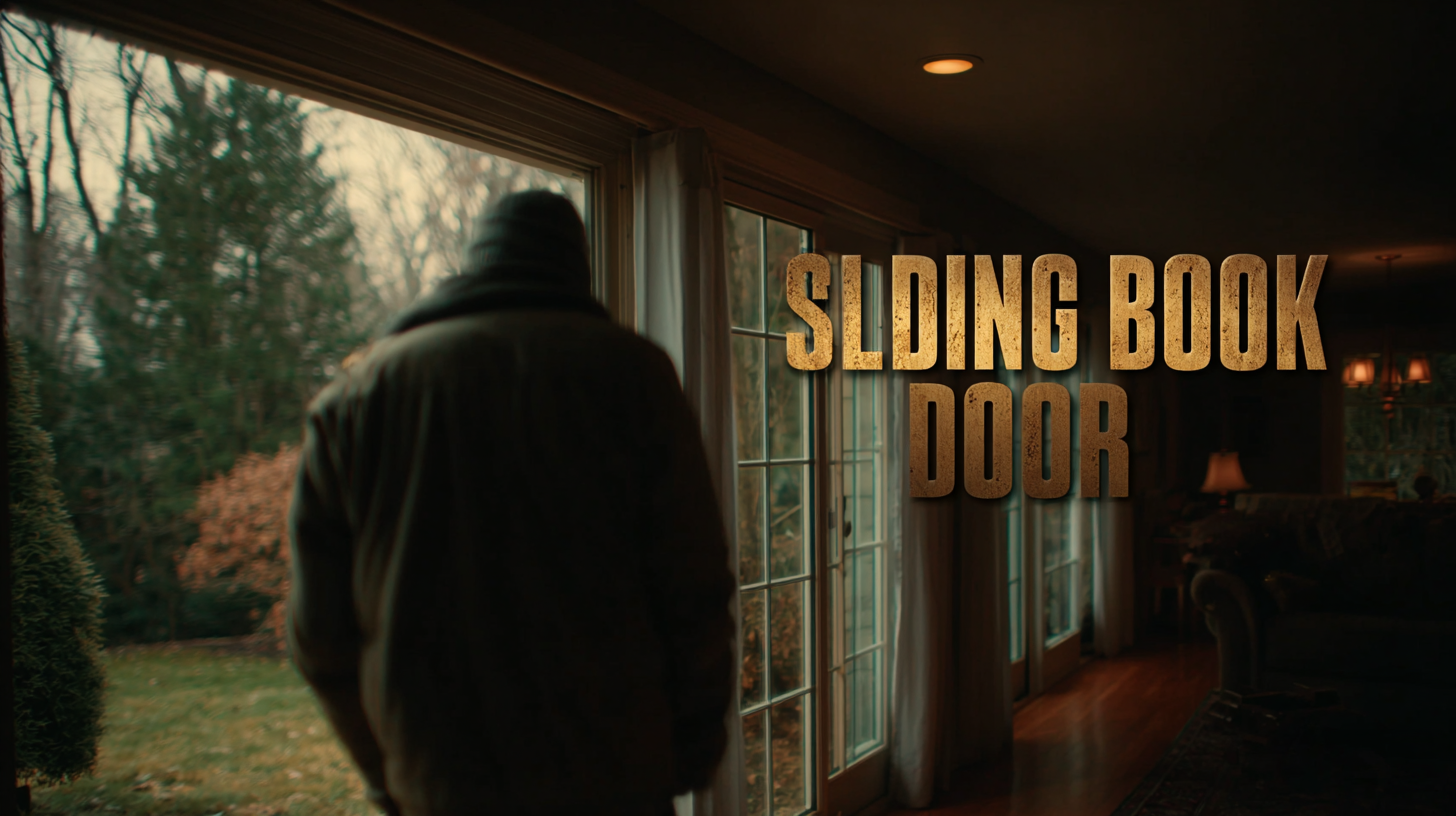
Understanding Security Features: A Must-Have Checklist for Homeowners
When selecting a sliding back door for your home, understanding the security features is crucial. Homeowners should prioritize robust locking mechanisms, as these are the first line of defense against intruders. Look for doors equipped with multi-point locking systems, which secure the door at several points along the frame, offering enhanced protection compared to traditional single-point locks. Additionally, opt for doors with reinforced glass that is either tempered or laminated; such materials make it significantly more difficult for potential burglars to break in.
Another important aspect to consider is the door's frame and installation. A strong, well-built frame not only supports the door but also deters forced entry. Make sure that the installation is professionally done, as gaps can create vulnerabilities, allowing easy access for intruders. Furthermore, incorporating smart technology such as security alarms or motion sensors linked to the sliding door can provide real-time alerts and an extra layer of safety to your home. By paying attention to these critical security features, homeowners can effectively mitigate risks and ensure that their sliding back door contributes positively to their home’s security.
Assessing Aesthetic Options: Blending Style with Function in Sliding Back Door Design
When it comes to selecting the perfect sliding back door for your home, blending aesthetics with functionality is crucial. According to a recent report from the American Institute of Architects, 70% of homeowners prioritize design when choosing new doors, indicating the importance of a stylish option that complements your home's architecture. Sliding doors not only enhance the external beauty but also improve the flow of indoor spaces by allowing natural light and easy access to outdoor areas.
**Tip:** Consider the materials of the sliding door. Vinyl and fiberglass options provide durability while maintaining a modern aesthetic. If you are leaning toward wooden doors, ensure that they are treated to resist weather elements.
Incorporating design elements such as framed glass panels or decorative hardware can elevate the overall look of your sliding back door. A survey by the National Association of Home Builders revealed that well-designed doors can increase property value by up to 10%. Thus, when selecting your door, balance visual appeal with energy efficiency features; double or triple-glazed glass options not only look great but also contribute to energy savings throughout the year.
**Tip:** Choose a color palette that harmonizes with your existing home décor. Neutral tones often provide versatility, while bold colors can make a striking statement.
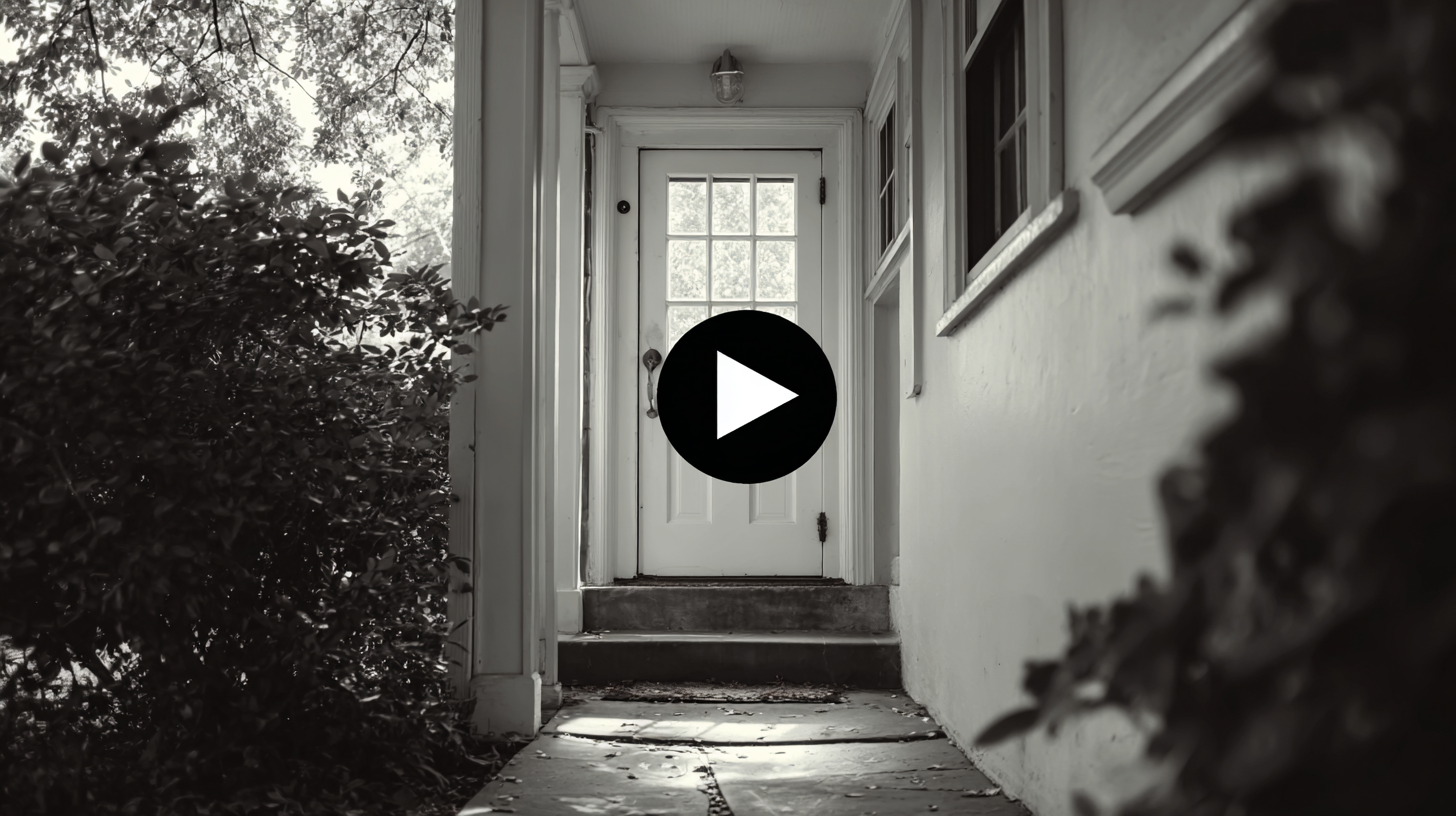
Gauging Installation Costs and Risks: Expert Insights on Budgeting for Your New Door
When choosing the best sliding back door for your home, gauging installation costs and risks is crucial. According to a recent report by the National Association of Home Builders, the average cost of installing a sliding door ranges from $1,200 to $2,500, depending on the door's material, size, and any additional features such as triple glazing for energy efficiency. Homeowners should also budget for potential hidden costs, as improper installation can lead to air leaks, necessitating repairs that might add an additional 10% to 20% to the initial expenditure.
Moreover, expert insights reveal that the time required for installation can vary significantly, from a few hours for simpler models to a full day for more complex installations. It's imperative to consider these timeframes, as they can affect overall project timelines, especially if you're coordinating with other home renovations. A comprehensive assessment of your current structure is necessary, as improper measurements or the need for additional framing or support can introduce unexpected financial and logistical challenges. By understanding both the costs and installation complexities, homeowners can make informed decisions that align with their renovation budgets.




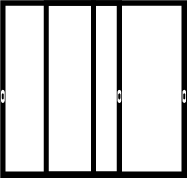 Sliding Door
Sliding Door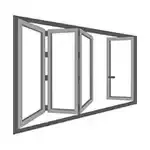 Folding Window
Folding Window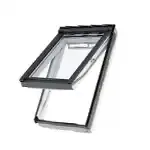 Skylight
Skylight Casement Window
Casement Window Sliding Window
Sliding Window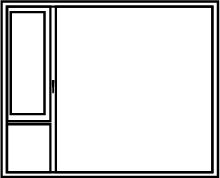 System Window
System Window Tilt and Turn Window
Tilt and Turn Window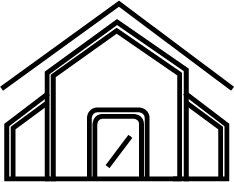 Sun Room
Sun Room